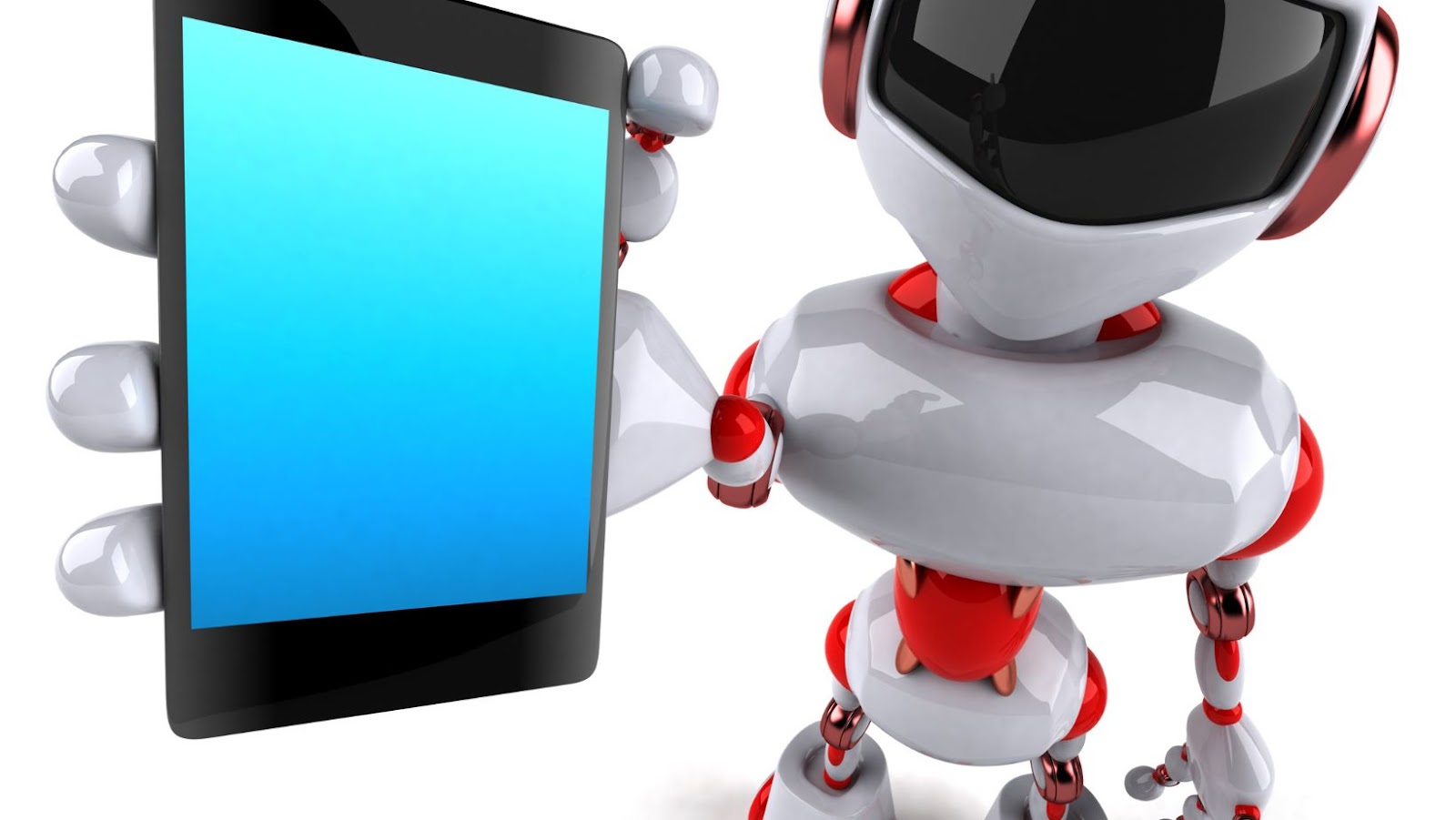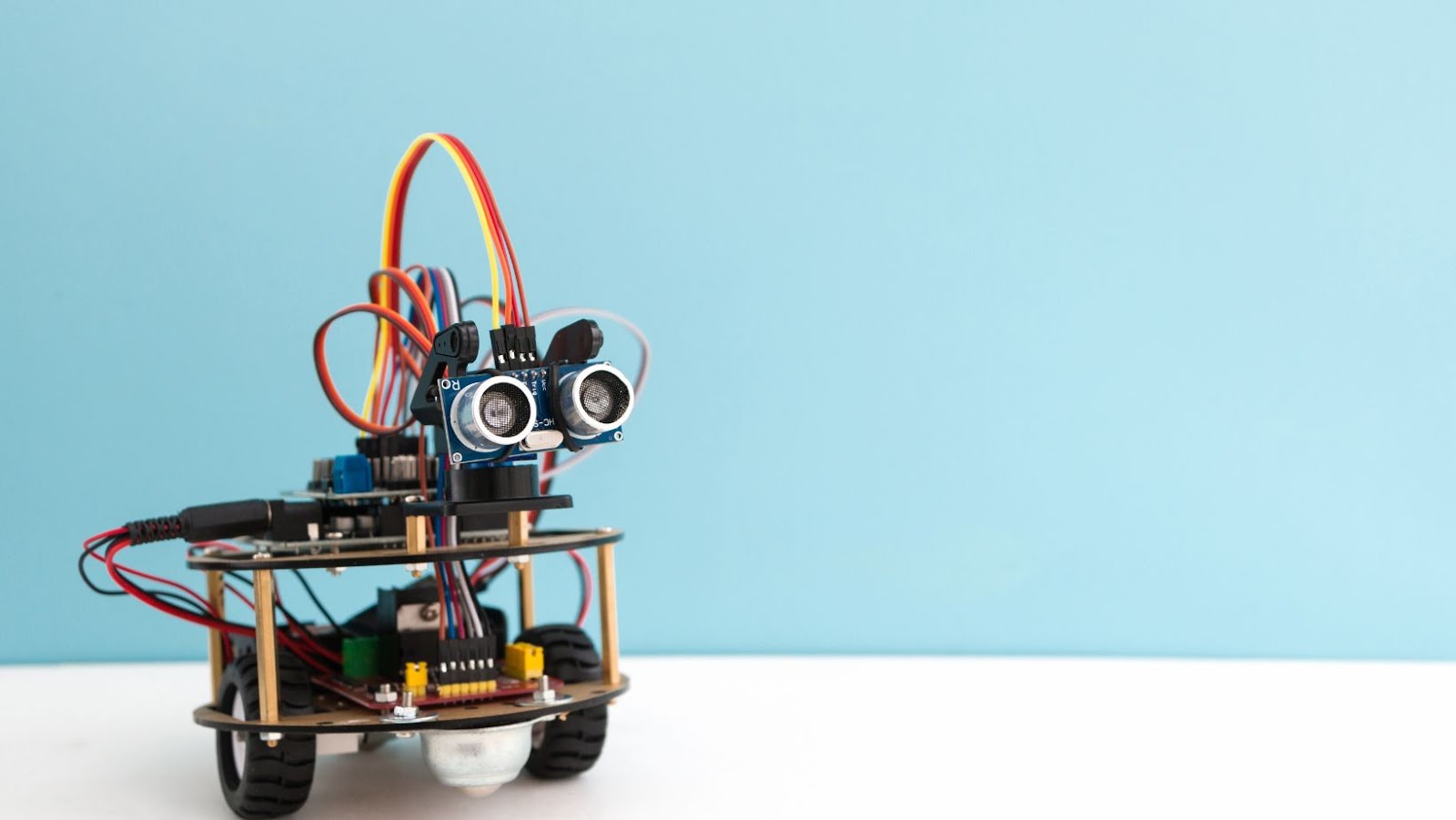
Home robotics is a rapidly evolving space in the tech industry, with major players such as Samsung seeking to distinguish their offerings along finance, functionality and ethical lines. Robots, particularly companion robots, are increasingly being used in many sectors of the economy, including in seniors’ residential complexes, medical care centres, and family homes. However, this technology is new on the market and limits Samsung’s ability to ensure they bring not only affordability but also reliability. As a result, there remain many challenges facing Samsung regarding the development of home robotics.
The most pronounced challenge is financial – robots are expensive, often costing thousands of dollars for businesses alone and even more for individual customers. With high costs come sizable risks and investments; successful incorporation of robotics therefore requires careful consideration by businesses like Samsung before making financial commitments. Failure to recognize headwinds that commonly arise from volatile markets or unstable customer demands can quickly render earlier investments obsolete with no returns on capital spent. This creates a situation of significant risk for businesses seeking to break into this lucrative industry.
Another issue is reliability – both in terms of potential malfunctions or other operational issues but also concerning longevity; robot customers want assurance that their robot will remain operational over extended periods rather than falling into disrepair after a few months or having expected features fail or removed without warning or notice due to software issues. In addition, poor design choices can lead to customer dissatisfaction while incorrect materials choices can cause further problems.. To account for these problems adequately, companies like Samsung must up their game regarding product testing and development by employing advanced AI techniques while staying up-to-date on new technologies that produce reliable robotic products that are ‘future proof’.
Samsung Explains Why Home Robotics are Such a Challenge
Developing home robots is no small feat for Samsung. There are many technical challenges Samsung must face to produce a successful product. From smaller and more intricate components to complex algorithms that must be programmed, Samsung must consider various challenges and solutions when developing their robotics. Let’s examine these challenges further.

Complexity of Robotics
Robotics is a complex field of science and engineering that combines numerous disciplines including electronics, mechanics, signal processing and software. Additionally, the development of home robotics, designed for everyday use in homes worldwide, further complicates matters. The unique requirements for home robotics represent a significant challenge for Samsung in terms of design and engineering. The complexity includes:
- Requirements & Challenges: Every home robotic system consists of multiple components — from sensors to motors to processors — each requiring design and engineering expertise that considers the cost, performance and scalability parameters for mass market applications. Additionally, there is a significant challenge in developing cognitive algorithms to enable robots to understand complex living environments and interact with humans in meaningful ways.
- Environmental Factors: Home robotics must be designed to operate effectively in variable indoor environments such as lighting conditions, temperature fluctuations, humidity levels and other competing radio frequencies. Additionally, they must be capable of understanding different kinds of human behaviour while still being able to behave robustly without any guidance or supervision.
- Materials & Processes: Selecting the right materials that are economical yet resilient enough to withstand normal aspects in a family’s home environment is a major consideration during the product design phase. Component selection is similarly tricky as robots need reliable parts that are both power efficient yet fast enough to ensure performance at scale. This also includes choosing fabrication processes that can robustly deliver home robotic models meeting requirements in production runs with repeatable quality assurance results across multiple production cycles .
Finally testing procedures should be established for validating assembly correctness and environmental stress resistance against expected lifespan performance levels
Lack of Humanoid Robotics
Robots have long been used in industrial and commercial settings, from manufacturing car parts to providing news
High Cost of Development
One of the primary challenges that Samsung faces in bringing home robotics to the consumer market is the high cost of developing robotics technology. While advanced robotics and AI software have become increasingly sophisticated and powerful, they remain expensive to produce, resulting in limited access to low-cost robotic technology for consumers. Additionally, the research and development efforts required to conceive and perfect a robotic device can be expensive, particularly if Samsung ventures into visual and auditory recognition areas outside of its current expertise.
Another significant challenge is that many of Samsung’s competitors are further researching autonomous robot technology at a much lower price than Samsung’s footprint. Companies such as Kuri, Ecovacs Robotics and Irobot have already created various robotic products that assist with household tasks such as vacuuming and entertainment activities like music streaming. As such, Samsung will need to take extra steps to differentiate its products from those already on the market while keeping them sufficiently affordable.
Finally, usability is another major challenge faced by companies working on home robotics products. Allowing a small device like a robot vacuum or automated assistant to move seamlessly around either indoor or outdoor environments requires robust algorithms that can take into account numerous variables while offloading most navigational calculations onto the onboard computer processor rather than relying completely on manual programming from users directly or from other devices remotely. Suppose Samsung cannot develop software sophisticated enough to allow ease-of-use. In that case, it might struggle against well-established competitors operating in this sector for some time now.

Limited Market for Robotics
The global home robotics market is relatively new, with only a few global players offering home robotics products. Yet, the competition remains intense due to many new startups and tech companies offering similar products. Thus, the market for home robotics is very concentrated with the top companies dominating the market share. This makes it difficult for Samsung to establish itself as a major player in the industry, as several well-established competitors are already present.
Furthermore, there is limited consumer adoption of home robotic products due to several factors including high cost, complexity of usage and lack of user trust. The high price tags and lack of return on investment prevent many potential users from investing in robot technologies. Meanwhile, users who purchase these products often fail to find them useful due to the complexity of usage and/or lack of integration with other devices or appliances – something that can be daunting for novice users or those who may not be highly technical. Lastly, some users may also be hesitant to entrust their most activities (for example, cleaning) to autonomous robots that are yet nascent technologies running on complex algorithms that lack trust from average consumers and can prevent them from investing in such devices altogether.
Solutions to The Challenges
Home robotics is an area that is rapidly expanding and has seen many advancements in recent years. Samsung has been at the forefront of this innovation, yet the challenges faced in developing fully realised home robotics can’t be ignored. In this article, we’ll look at some of the solutions Samsung has put forward to overcome these challenges and provide the best solutions for home robotics technology.
Investing in Research and Development
To overcome the challenges associated with developing home robotics, Samsung could invest in more research and development. This could involve hiring researchers, engineers and computer scientists to develop algorithms and software specifically tailored to the task of home robotics. Additionally, funding could be provided for studies related to understanding the behaviour of humans in home environments. Samsung’s existing partnership with the Massachusetts Institute of Technology Media Lab speaks volumes regarding the company’s willingness to invest heavily in research into emerging technologies.
Furthermore, Samsung could invest in new equipment such as powerful computers with enough processing power for machine learning and artificial intelligence tasks. Building computer systems designed for running sophisticated software for robotics simulation is also something that requires investment — both financially as well as in terms of devoting resources from other departments within Samsung.
Finally, investment could be placed into networking solutions that span multiple devices within a home or building — solutions designed to quickly stream large volumes of data between robots and smart devices for task automation and other uses. Such solutions are key in achieving meaningful progress towards creating a fully automated home or building environment enabled by robots from Samsung or its partners.
Developing Partnerships with Other Companies
One way Samsung could address the challenge of developing robotics technology for the home is to partner with other companies that possess the relevant specialised skills and experience. Furthermore, partnering with other companies could enable Samsung to benefit from the insights and know-how of these other companies, which may lead to faster and more cost-effective development.
For example, Samsung could partner with companies that already produce robotic systems that can be used in home applications. For instance, a company like iRobot already has extensive experience developing robotic vacuum cleaners and floor-cleaning robots. This makes it an ideal candidate for partnering with; not only would this enable Samsung to develop expertise in robotics, it would also provide a ready-made solution for any home automation projects that Samsung might have in mind.
Another option is for Samsung to partner with universities or research institutions. This could help them tap into the knowledge of scientists and engineers who specialise in robotics technology and gain access to new resources that could be used in the development process. Additionally, such partnerships will give them access to a steady supply of qualified engineers and technicians who can assist with designing new products or improving upon existing ones.

Leveraging Artificial Intelligence
Artificial Intelligence (AI) is becoming increasingly important to developing home robotics. AI helps robots learn and adapt out of the box, so they make more informed choices while navigating their environment and completing tasks. With AI, new functions can be quickly added to robots, surpassing what was previously possible with traditional programming that relies on pre-programmed instructions.
By leveraging AI technology in home robotics, Samsung can create products that are smarter and more aware of their environment. An AI-powered bot will be programmed to navigate its surroundings without outside input or guidance. For example, it could recognize objects like furniture and respond accordingly when it bumps into something or moves closer to an object in an unfamiliar space. By having intelligent robots that can assess and react to their environments autonomously, Samsung can produce robots with unprecedented abilities for everyday use in homes or businesses.
Additionally, advanced machine learning techniques allow home robotics made by Samsung to learn from experience as they encounter different scenarios over time. This enables the robot to better understand how it should interact with its surroundings – useful information it can apply when performing tasks such as vacuuming rooms or setting tables for meals. There are also possibilities for combining machine learning algorithms with visual recognition software so Samsung’s bots can identify objects within a given space and map out put them into its memory bank to make more informed decisions when navigating obstacles or responding appropriately to changes detected in the environment based on shape or colour distinctions between entities observed by camera sensors onboard itself.
Utilising Existing Technologies
One of the challenges for Samsung in creating successful home robots is that existing technologies must be utilised. In addition, companies must find ways to bring various specialised technologies together in one package, making it easy and efficient for consumers.
This means Samsung needs to look at three main elements when designing home robots. First, they need to consider and incorporate the existing technologies that are currently on the market and choose those that will provide the best performance while meeting customer expectations. Second, they need to identify upcoming trends or potential applications that current technology must be able to handle. Third, they must find a way to combine product design with these two components so as not to overwhelm customers while delivering desired features and usability.
Furthermore, an additional challenge is finding ways to reduce costs without compromising on quality of performance or viability as a service provider. To achieve this goal Samsung needs to develop strategies for manufacturing robots cheaper; such as utilising off-the-shelf components or alternatively developing new custom hardware from scratch which would help them better respond according customers’ unique requirements; both approaches have their own set of advantages and drawbacks which must be carefully considered before proceeding with implementation.
Conclusion
In conclusion, home robotics presents many challenges for Samsung, from developing multifunctional and autonomous robots to dealing with the complexity of human interaction. Developing the necessary hardware and software components requires a substantial investment, with no guarantee of success. This factor is further compounded by the need for a secure and reliable network infrastructure to provide effective data transfer between robots, users and other connected devices. Additionally, providing satisfactory user experiences will require enhanced artificial intelligence technology that can accurately imitate human behaviour.
Despite these hindrances, Samsung has proven capable of overcoming obstacles when innovating new products and services. With this in mind, they will likely continue developing products such as robotic vacuum cleaners that can effectively meet consumer needs. As such, it is expected that Samsung will become an increasingly important player in the home robotics industry.
tags = samsung tech company, south korea’s samsung, robotics products, robotics design, future of robotics, handheld robots, amp robotics 55m series 75mwiggersventurebeat, amp robotics 55m 75mwiggersventurebeat, amp robotics series 75mwiggersventurebeat, amp robotics xn 75mwiggersventurebeat, robotics 55m xn 75mwiggersventurebeat, amp robotics series xn 75mwiggersventurebeat, future of home robotics, computer science and engineering, robotics design, robotics construction, automation of robots






